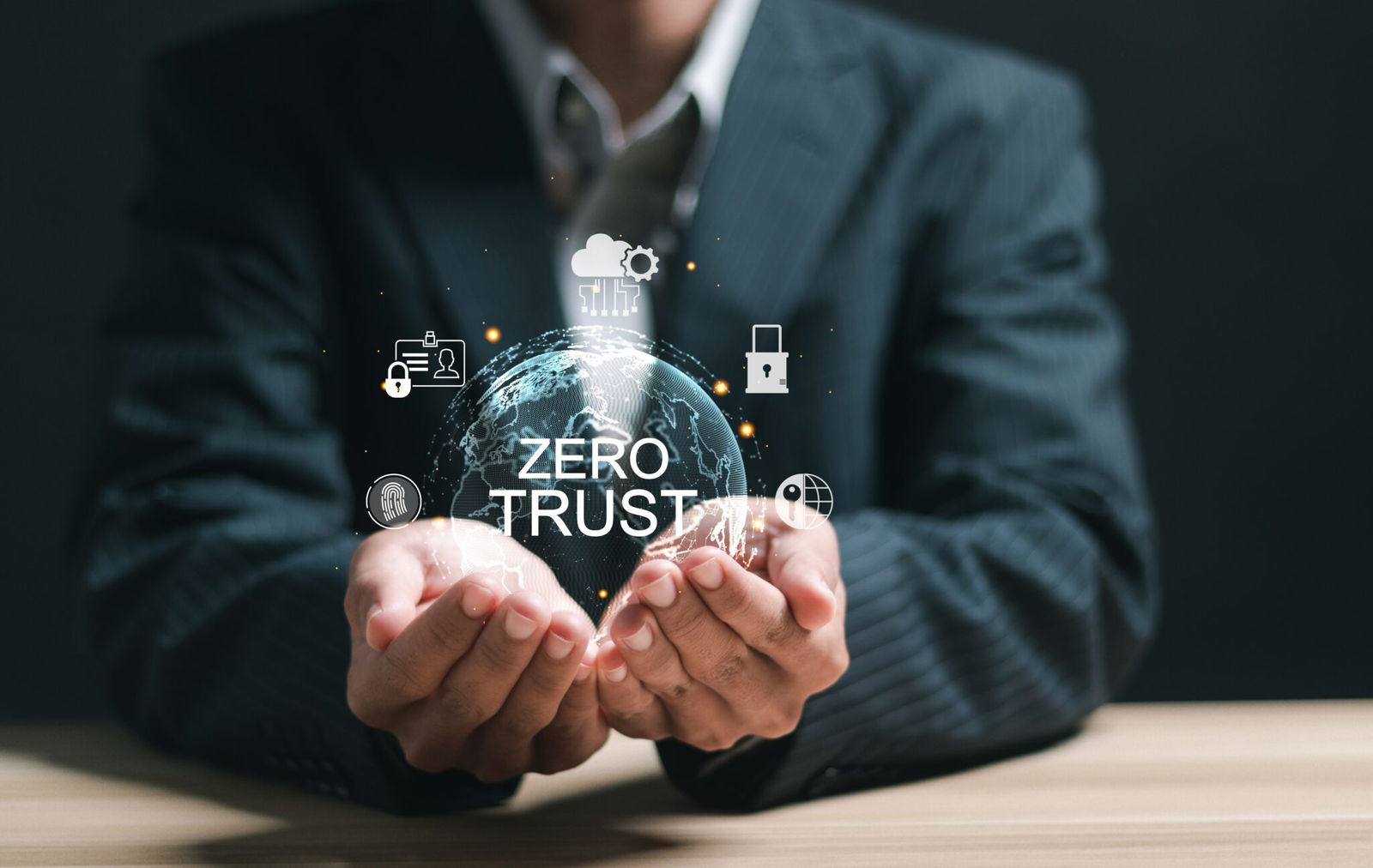Zero Trust 2.0: AI-Enhanced Security Architecture for the Cloud Era

Author: Swapnil Chawande | Cybersecurity Leader | Pacific Gas and Electric Company | LinkedIn
In the ever-expanding digital universe, trust is no longer an implicit luxury—it’s a calculated decision. With users, devices, and data dispersed across cloud-native infrastructures, the days of traditional perimeter-based security are over. Enter Zero Trust, a model built on the principle of “never trust, always verify.” But in today's rapidly evolving cloud environments, even Zero Trust needs an upgrade.
Welcome to Zero Trust 2.0, where artificial intelligence (AI) becomes the engine that powers smarter, faster, and more adaptive cybersecurity. This new evolution brings together two powerful forces—Zero Trust principles and AI-driven automation—to help organizations respond to threats with unprecedented speed and precision.
Why Zero Trust Alone Isn’t Enough
Zero Trust, at its core, ensures that every user and device must be verified before accessing any resource, regardless of their location or network. It emphasizes strict identity verification, least privilege access, and continuous validation. This model has served enterprises well, especially in the wake of increased remote work and cloud migration.
But cloud infrastructure is dynamic. New workloads spin up and down, identities shift roles, APIs connect across borders, and attackers are leveraging AI to breach defenses. The traditional Zero Trust model, which often relies on pre-defined rules, struggles to keep up with this velocity. Static policies alone can’t adapt to real-time changes in user behavior, device health, or evolving threat patterns.
This is where AI-enhanced Zero Trust comes in.
AI + Zero Trust = Intelligence at the Core
Zero Trust 2.0 enhances every layer of the traditional model by integrating machine learning, behavioral analytics, and real-time decision-making into security controls.
1. AI-Driven Identity Analytics
In Zero Trust, identity is everything. But managing thousands of users with dynamic roles across multiple cloud platforms isn’t easy. This is where AI-powered identity analytics shine. Instead of just checking credentials, AI looks at patterns: how users behave, what resources they typically access, what times they log in, and from where.
By establishing behavioral baselines, AI can spot anomalies like a dormant account suddenly making privileged changes, or an executive’s account logging in from a suspicious IP. These red flags are surfaced in real-time, allowing security teams to take immediate action.
More importantly, automated access reviews become intelligent. AI can flag overprovisioned accounts or recommend permission changes based on usage patterns—closing a major gap in privilege management and insider threat detection.
2. Adaptive Access Control in Real Time
Traditional access decisions are static. You log in, pass MFA, and you’re in—until you’re out. But with AI, access becomes dynamic.
Imagine a scenario where a legitimate user suddenly attempts to download gigabytes of sensitive data at 2 a.m. from an unknown device. In a static system, this might go unnoticed. In a Zero Trust 2.0 world, AI would detect the abnormal behavior, reassess the user’s risk profile in real-time, and trigger additional authentication—or even block access entirely.
This is risk-based access control in action, powered by contextual awareness. AI takes into account device posture, geolocation, behavior patterns, and time of access to make smarter decisions on the fly. This not only improves security posture but also enhances user experience by removing friction in low-risk scenarios.
3. Behavioral Monitoring and Anomaly Detection
AI excels at spotting what’s out of place. Whether it’s an IoT device acting weird, a user suddenly probing sensitive resources, or a script running abnormal processes, AI can analyze billions of data points to detect subtle threats before they escalate.
By implementing continuous behavioral monitoring, organizations shift from a reactive to a proactive security model. Threats are no longer discovered days or weeks after the fact—they’re caught as they unfold. And in many cases, AI can trigger automated responses like isolating a device, revoking access, or escalating to human analysts for review.
This kind of visibility and responsiveness is a game-changer in cloud environments, where incidents can propagate rapidly.
The Promise of Automation and Self-Healing Security
One of the most exciting aspects of AI in Zero Trust is the potential for automated incident response and self-healing systems. With the right orchestration, AI can not only detect threats but take predefined, intelligent actions to neutralize them without human intervention.
Think automated firewall rule updates, dynamic policy enforcement, or even spinning up backup infrastructure when a breach is detected. These capabilities reduce dwell time, lower breach costs, and free up security teams to focus on high-value analysis rather than constant firefighting.
Future-Proofing Security with AI
Threat actors are getting smarter. They’re using AI to bypass defenses, craft hyper-personalized phishing campaigns, and evade detection. To defend against machine-speed threats, defenders must fight fire with fire.
AI-infused Zero Trust isn't just a defensive tactic—it’s a strategic transformation. It empowers security teams to scale faster, respond smarter, and reduce human error while improving operational efficiency.
But this isn’t about removing the human from the loop. Instead, it’s about augmenting human capabilities with intelligence that never sleeps, never tires, and always learns.
Final Thoughts
Zero Trust 2.0 represents the future of cybersecurity—one that’s dynamic, context-aware, and AI-empowered. As cloud adoption accelerates and cyber threats grow more sophisticated, the fusion of AI and Zero Trust gives organizations a fighting chance to stay ahead.
By integrating machine learning, behavioral insights, and automation into access controls and monitoring systems, security becomes proactive rather than reactive. It’s no longer just about verifying identity—it’s about understanding intent, evaluating risk in real time, and enforcing intelligent security decisions.
For organizations building resilient, cloud-first infrastructures, Zero Trust 2.0 isn’t a luxury—it’s a necessity. And for cybersecurity leaders and engineers alike, it’s an exciting, promising path forward—one where AI doesn’t just support security. It transforms it.
Author: Swapnil Chawande | Cybersecurity Leader | Pacific Gas and Electric Company | LinkedIn
Swapnil Chawande is a cybersecurity and AI leader with over a decade of experience securing complex cloud and enterprise environments. He specializes in Zero Trust architecture, threat detection, and security automation, with a focus on integrating AI to drive intelligent, real-time defense. Through his work in modernizing security operations and mentoring future professionals, he continues to advance the field with impactful innovation and thought leadership.

